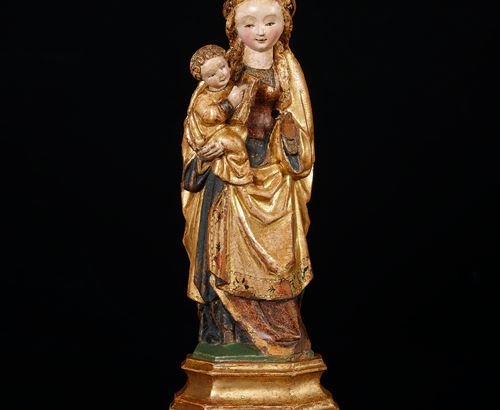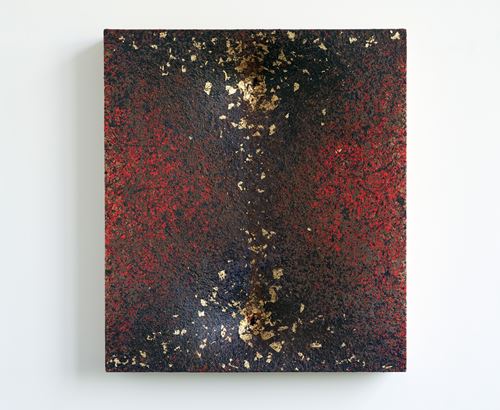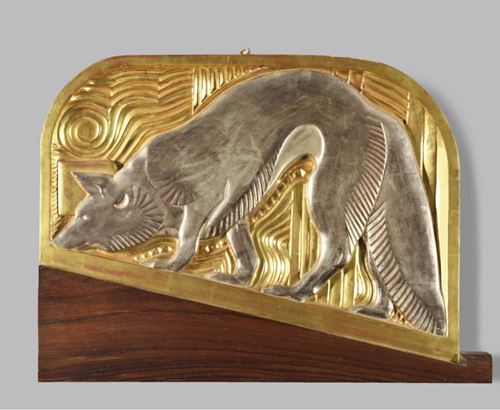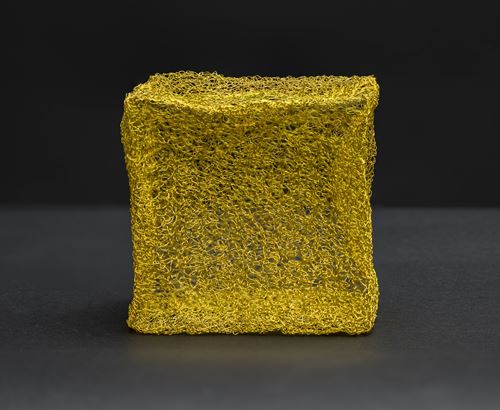Bandits Ambushing Travelers on a Path in an Italianate Landscape
description
Philips Wouwerman (Haarlem 1619 - Haarlem 1668)
oil on panel
15.7 x 19.3 inches (40 x 49 cm.)
Provenance
Private Collection, The Netherlands, until the present time
Detail Description
“Philips Wouwerman’s facility at rendering horses of all kinds of breeds in all sorts of dynamic poses, has remained legendary to this day and he is rightly ranked among the very best horse painters of all time” …Wouwerman “appears virtually never to have altogether repeated or copied himself – his rich imagination allowed him to alter his numerous compositions despite all compositional and thematic similarities, hardly two works are completely identical” … As far as we know (he) never painted topographically identifiable views. His compositions are composed of isolated nature studies which he varied inventively and occasionally supplemented with southern accents (as is the case in this work).”[1]
Wouwerman was the eldest son of Pauwels Joostens Wouwerman of Alkmaar, a history painter with whom he probably trained. According to Cornelis de Bie[2] he next apprenticed with Frans Hals. He is further believed to have briefly worked in the studio of Evert Decker in Hamburg in 1638 or 1639. There he married a Dutch woman Annetje Pietersz van Broeckhof with whom he had seven children. In 1640 he joined the Haarlem Guild of Saint Luke and in 1646 held the office of vinder (agent or “finder”). No evidence exists that Wouwerman ever visited Italy. His early works were strongly influenced by Pieter van Laer and later by such as Jan Asselijn along with other artists who had recently returned from Italy. He had several pupils including Nicolaes Ficke, Jacob Warnors, Koort Witholt, Anthony de Haen, Emanuel Murant, Hendrick Berckman, Barend Gael and his two brothers Pieter and Johannes Wouwerman. Influential during his lifetime, his works would come to inspire legions of imitators.[3] “All the important collections created during the 18th and early 19th century, including those that form the nucleus of the museums in St. Petersburg, Dresden and The Hague, contain a large number of his works.”[4]
In this panel bandits have attacked two coaches in a hilly Italianate landscape. A similar subject Bandits Attacking a Travelling Coach on a somewhat larger panel from 1644 can be found in The Princely Collections, Vaduz, Liechtenstein. Presumably our panel is about the same date, as the compositions from this period tend to be situated on a diagonal hill with a few figures usually with horses, and the use of a repoussoir element in the foreground.[5] Our painting further features the silvery-grey landscape Wouwerman was known for along with the white horse. Henry Havard in his 1885 book on Dutch painting called the white horse the painter’s “principal luminous object”, and Walter Liedtke in Dutch Paintings in the Metropolitan Museum of Art “his signature motif”. His skirmishes and ambushes do not depict real events, nor were they meant to glorify the action. Wouwerman throughout his life painted such works as atrocities meant to depict “the fear and blind hatred, the brutality and arbitrariness of violence, and the suffering of the civilian population.” To Wouwerman “the crush is what matters, and the emotions of men and beast”, but it is left to his viewer to bear witness of the aftermath.[6]
[1] Dr. Birgit Schumacher Philips Wouwerman (1619-1668). The Horse Painter of the Golden Age., Davaco, Doornspijk, 2006, pp. 9, 53, 57, & 89.
[2] Cornelis de Bie (1627- c.1712/1715) was the author of Het Gulden Cabinet der Edel Vry Schilderconst (The Golden Cabinet of the Noble Liberal Art of Painting).
[3] Biographical information taken from Frederik J. Duparc, “Philips Wouwerman” in From Rembrandt to Vermeer, The Grove Dictionary of Art, New York, 2000, pp. 405-406; Dr Birgit Schumacher, op.cit., p. 89; and Walter Liedtke, “Philips Wouwerman” in Dutch Paintings in the Metropolitan Museum of Art, volume II, Yale University Press, New Haven & London, 2007, p. 971.
[4] Frederik J. Duparc, op.cit., p. 406.
[5] Ibid, p. 405.
[6] Dr Birgit Schumacher, op.cit., pp. 127-128.
contact
Lawrence Steigrad Fine Arts
10023 New York
United States
T (212) 517-3643
M 9175091429
larry@steigrad.com
www.steigrad.com/
related artworks






